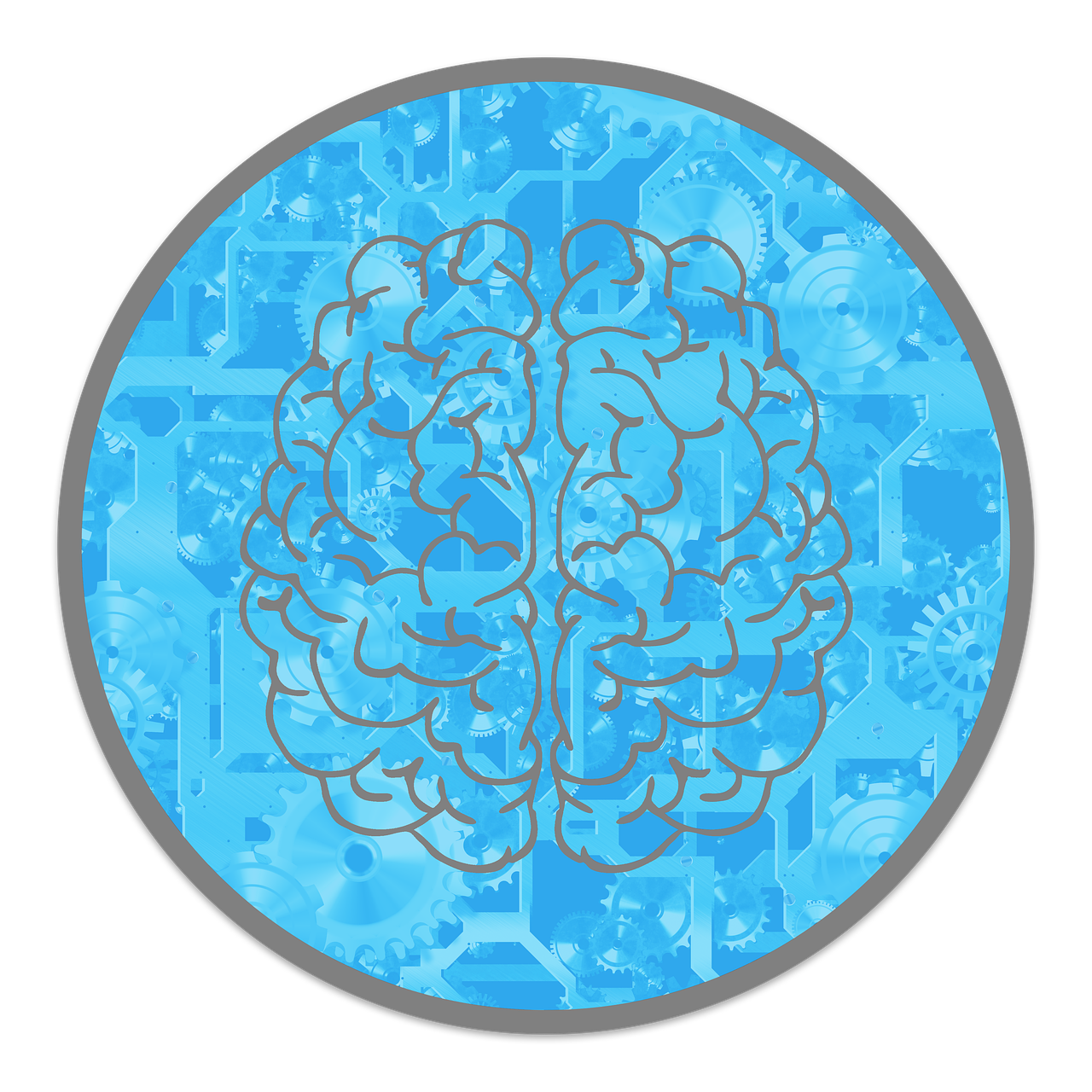
Amazon delivers faster than your best friend texts back, and buying stuff is easier than deciding what to watch on Netflix.
These days, it’s hard to tell what’s a need and what’s just vibes.
Consumer culture says happiness comes in a package (with free shipping).
Minimalism says, “Nah, less is more.” So… who’s right?
In this article, we dig into the psychology and real-life impact of owning more vs. living with less.
Whether you’re team add to cart or team Marie Kondo everything, we’re unpacking what actually makes you happy.
The Psychology Behind Buying Happiness
You know that little thrill when you hit “Buy Now”? That’s dopamine doing its thing.
Science says the post-checkout high is real—but it doesn’t last forever.
A 2014 study in the Journal of Consumer Psychology found that spending money on experiences—like Beyoncé tickets or a weekend getaway—brings longer-lasting happiness than buying stuff.
Why? Experiences become part of your story.
That concert memory? Forever.
That $300 jacket? Eh, it’s in the back of your closet by now. (You know the one.)
Behavioral economists call this hedonic adaptation—a fancy way of saying we get used to new things fast.
That shiny phone? It’s just “your phone” by week two, and suddenly you’re eyeing the next upgrade like it’s your soulmate.
Key Takeaway: Buying stuff gives a quick buzz, but it fades fast. Investing in experiences—or just being more intentional with spending—pays off in longer-lasting joy.
What Is Minimalism—and Why Is It Trending?
Minimalism isn’t just an Instagram aesthetic or a reason to own exactly one neutral-toned sweater.
It’s a lifestyle about living with intention.
Think: less clutter, more clarity. Fewer impulse buys, more “this actually matters.”
At its core, minimalism is about:
- Choosing quality over quantity (bye, fast fashion hauls)
- Spending mindfully, not mindlessly
- Prioritizing experiences over stuff
- Decluttering to clear your space and your brain
In a world that’s always yelling “BUY MORE,” minimalism is the quiet rebellion.
No surprise it’s trending—especially with Netflix hits like The Minimalists and Marie Kondo reminding us that joy doesn’t live in junk drawers.

Consumerism: The Culture of More
Consumerism is that voice in your head (and on your feed) saying, “You’d be happier if you just bought that thing.”
It’s the belief that the more we buy, the better we’ll feel—and spoiler alert: it’s everywhere.
Why is it so hard to escape?
- Social comparison: Scroll Instagram for 30 seconds and suddenly your couch looks outdated and your life, underwhelming.
- Clever marketing: Brands are pros at FOMO. Limited drops, emotional ads, “treat yourself” slogans—they’re playing chess, not checkers.
- Emotional spending: Sometimes, it’s not retail therapy—it’s just procrastination in a cute outfit.
And here’s the kicker: A Nielsen report found that while 66% of global shoppers say they’ll pay more for brands that match their values, 80% still go for whatever’s cheapest and fastest.
Minimalism vs. Consumerism: A Comparative Look
Here’s a side-by-side comparison of how both philosophies affect different aspects of life:
| Aspect | Minimalism | Consumerism |
| Happiness | Long-term joy through simplicity |
Short-term pleasure through consumption
|
| Mental Health | Reduced anxiety, less clutter = more peace |
Overstimulation, stress from material clutter
|
| Financial Health | Lower spending, intentional investments |
Impulsive buys, increased debt
|
| Environmental Impact | Lower carbon footprint, sustainability-focused |
High waste, unsustainable production
|
| Time Management | More time for passions, less on managing stuff |
Time spent maintaining and upgrading items
|

The Science of Enough: When Less Truly Is More
Turns out, chasing “more” might actually leave us feeling… meh.
Science says that having enough—not everything—leads to more lasting happiness.
A University of British Columbia study found that people who practiced gratitude and contentment were 25% more satisfied with life—even if they weren’t making big money.
Translation: You don’t need a yacht to feel fulfilled. A solid playlist and a sense of purpose? That’ll do.
And clutter? Yeah, it’s not just annoying—it’s messing with your brain.
Princeton neuroscientists discovered that physical clutter competes for your attention, lowers focus, and cranks up stress.
Basically, that junk drawer is low-key sabotaging your peace.
Quick tips to practice “enough” (without becoming a monk):
- One in, one out: New hoodie? Time to donate that mystery-stained one from college.
- 30-day wishlist: Want it? Cool. Add it to a list and wait a month. If you still care, go for it. If not—crisis averted.
- Ask the magic question: “Will this actually help my life—or just take up space?”
How to Shift from Consumerism to Minimalism
Thinking about trading your “add to cart” habit for a little more peace of mind?
Good news: going minimalist doesn’t mean tossing all your stuff and living off-grid with a compost toilet. You can start small—and still keep your Wi-Fi.
Here’s a step-by-step guide to making the shift (no dramatic life overhaul required):
1. Audit your space and spending
First, figure out where your money and stuff are going.
- Use apps like YNAB (You Need A Budget) or Mint to track your spending (spoiler: those coffee runs do add up).
- Pick one drawer, closet, or room and give it a declutter. Start small—nobody’s tackling the garage on day one.
2. Try a digital detox (minimalism for your mind)
Your phone wants your attention more than your ex did. Time to set boundaries.
- Unsubscribe from those “flash sale!” emails—you know you’re not buying six pairs of shoes at 2 a.m.
- Try screen tracking tools like RescueTime to see where your time’s really going (scrolling = not self-care).
3. Set intentional goals
Minimalism isn’t about less just to have less. It’s about more of what matters.
- Ask yourself what happiness looks like for you, not your social feed.
- Set a monthly “joy budget” for experiences—like concerts, travel, or dinner with people who don’t drain your soul.
4. Swap consumption for creation
You don’t need another mug. You might just need a hobby.
- Try writing, painting, gardening—or anything that gets your brain off autopilot.
- Volunteer or go outside more. Science says nature and giving back boost serotonin. (So yeah, it’s basically free therapy.)
You don’t have to ditch your whole lifestyle. Just start making space—physically, mentally, and financially—for what actually matters.

Who Benefits from Each Lifestyle—and When
Here’s the thing—minimalism and consumerism aren’t mortal enemies.
They’re just different tools for different seasons of life.
It’s less “one is good, one is evil” and more “which one fits your current vibe?”
Minimalism might be your jam if:
- Clutter stresses you out: If your anxiety spikes every time you open a junk drawer, less stuff = more peace.
- You work remotely or travel a lot: Digital nomads don’t have space for five pairs of boots.
- You want financial freedom: Fewer impulse buys now = more actual freedom later.
- You care about the planet: Buying less is a solid way to flex your eco-conscious values (without preaching at brunch).
Consumerism might feel more natural if:
- Retail therapy is your coping mechanism: No shame. We’ve all had a “bad day = new shoes” moment.
- You’re big on personal style or branding: Expressing yourself through clothes, gadgets, or even home décor? Totally valid.
- You’re still figuring out your identity: Sometimes trying on different aesthetics (and outfits) is part of the journey.
Conclusion: Can You Really Buy Your Way to Happiness?
Sure, money can buy comfort (hello, heated blanket), security, and the occasional first-class upgrade.
But meaning? Joy? A sense of purpose? That stuff isn’t on sale.
Research keeps proving the same thing: lasting happiness doesn’t come from more stuff—it comes from intentional living, strong relationships, and experiences that light you up (not just light up your credit card).
Minimalism isn’t saying “never shop again.” It’s saying: buy with purpose.
Own things that serve you—not just stuff that ends up in your closet with the tags still on.
As Will Rogers put it:
Too many people spend money they haven’t earned, to buy things they don’t want, to impress people they don’t like.
So next time you’re hovering over “Add to Cart,” pause and ask:
Is this helping me build the life I actually want—or just patching a bad day with a dopamine hit?



